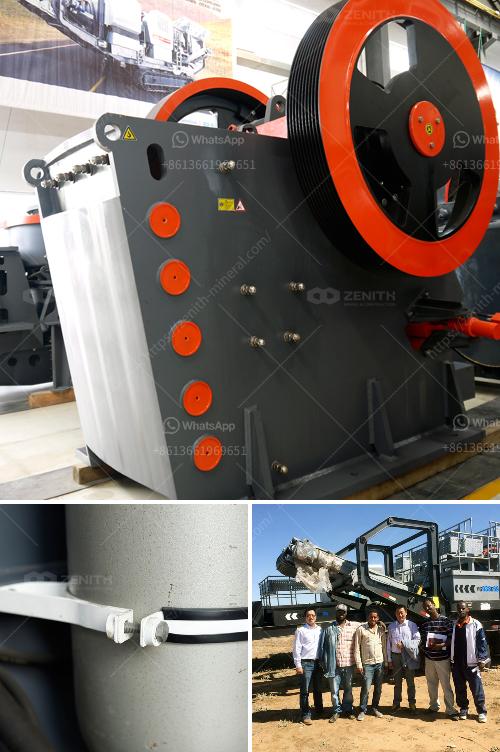Evaluating dry limestone grinding systems involves several key factors and methodologies to ensure the process is efficient, cost-effective, and produces the desired particle size and quality. Here are the detailed steps and considerations for evaluating such systems:
1. Material Characteristics
Understanding the properties of the limestone is crucial. This includes:
- Hardness: Measured on the Mohs scale, it affects the choice of grinding equipment.
- Moisture Content: Dry grinding requires low moisture content to prevent clogging and ensure efficient grinding.
- Particle Size Distribution: Initial and desired final particle sizes determine the grinding process and equipment.
2. Grinding Equipment
Different types of grinding mills are used for dry limestone grinding. Evaluating the right equipment involves:
- Ball Mills: Suitable for fine grinding, but energy-intensive.
- Vertical Roller Mills: More energy-efficient and suitable for large-scale operations.
- Raymond Mills: Good for producing fine powders with a controlled particle size distribution.
3. Energy Consumption
Energy efficiency is a critical factor. Evaluate:
- Specific Energy Consumption: Energy used per ton of limestone processed.
- Operational Efficiency: How well the equipment converts energy into grinding action.
4. Process Parameters
Key parameters to monitor and optimize include:
- Feed Rate: Consistent feed rate ensures uniform grinding.
- Mill Speed: Affects the grinding efficiency and particle size.
- Air Flow: In air-swept mills, air flow helps in material transport and cooling.
5. Product Quality
The quality of the ground limestone is evaluated based on:
- Particle Size Distribution: Measured using sieves or laser diffraction.
- Surface Area: Higher surface area indicates finer particles, measured using BET analysis.
- Purity: Ensuring no contamination during grinding.
6. Operational Considerations
Operational efficiency and maintenance are also important:
- Wear and Tear: Regular maintenance of grinding media and liners.
- Downtime: Minimizing downtime through efficient maintenance practices.
- Automation and Control: Using advanced control systems for consistent operation.
7. Cost Analysis
Evaluating the cost-effectiveness involves:
- Capital Costs: Initial investment in grinding equipment.
- Operational Costs: Energy, maintenance, and labor costs.
- Return on Investment (ROI): Calculating the payback period and profitability.
8. Environmental Impact
Consider the environmental aspects:
- Dust Control: Implementing dust collection systems to minimize air pollution.
- Energy Efficiency: Using energy-efficient equipment to reduce carbon footprint.
9. Case Studies and Benchmarks
Comparing with industry benchmarks and case studies can provide insights into best practices and performance standards.
Conclusion
Evaluating dry limestone grinding systems is a comprehensive process that involves understanding material properties, selecting appropriate equipment, optimizing process parameters, ensuring product quality, and considering operational and environmental factors. By systematically analyzing these aspects, one can achieve an efficient and cost-effective grinding process.

